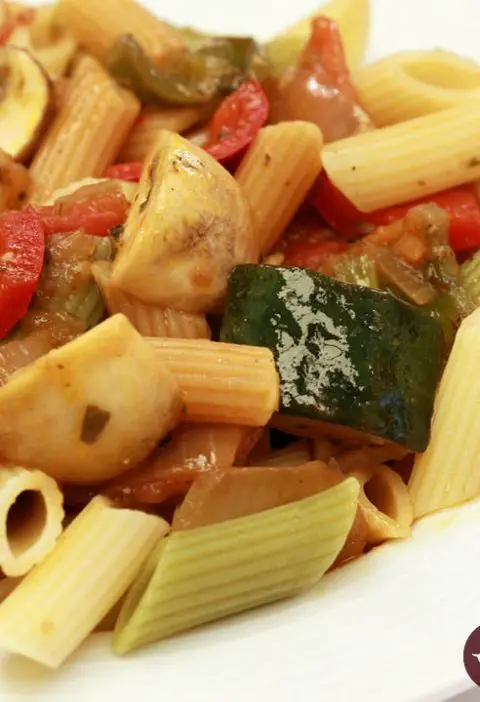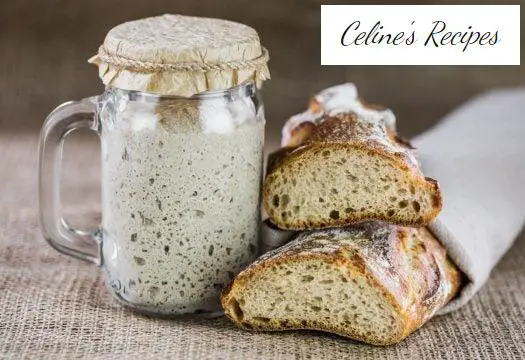
Info.
- Easy
- 100 minutes
- For 6 people
- 0.2 € / person
- 239kcal per 100g.
- · ·
Sourdough. Everything you need to know to make it perfect.
In recent years we have seen a “ rebirth ” of the artisan bakery and there are many places that have opened throughout the country.
Something very appreciated, the truth be told, because where is a real bread that tastes like bread , one of those lifelong breads made with sourdough, good flours and knowledge of causes, that removes everything else.
But we have also become very curious about the subject and many, even, have been awakened by the desire to make bread at home as it was done in the past. It is well known that making bread at home, making bread with our hands encourages us and makes us feel more human.
The bread with sourdough also has a lot of benefits . Just a small summary, the bread will last up to a week without losing its properties and, most importantly, you will rediscover the flavor of the bread.
.instagram-follow img{width:100%;height:auto;} @media screen and (min-width: 1000px) {.instagram-follow {display:block;clear:both;float:right;width:50%;margin-left:1em;}}
Despite being the most basic food that can exist, facing its preparation in our own kitchens and with our own hands imposes a tad of respect , right?
It ‘s not impossible task, much less, but there are many doubts about the star ingredient of an artisan bread ” detodalavidadedios ” sourdough , which should be clear before getting down to work or get down to the ground, literally.
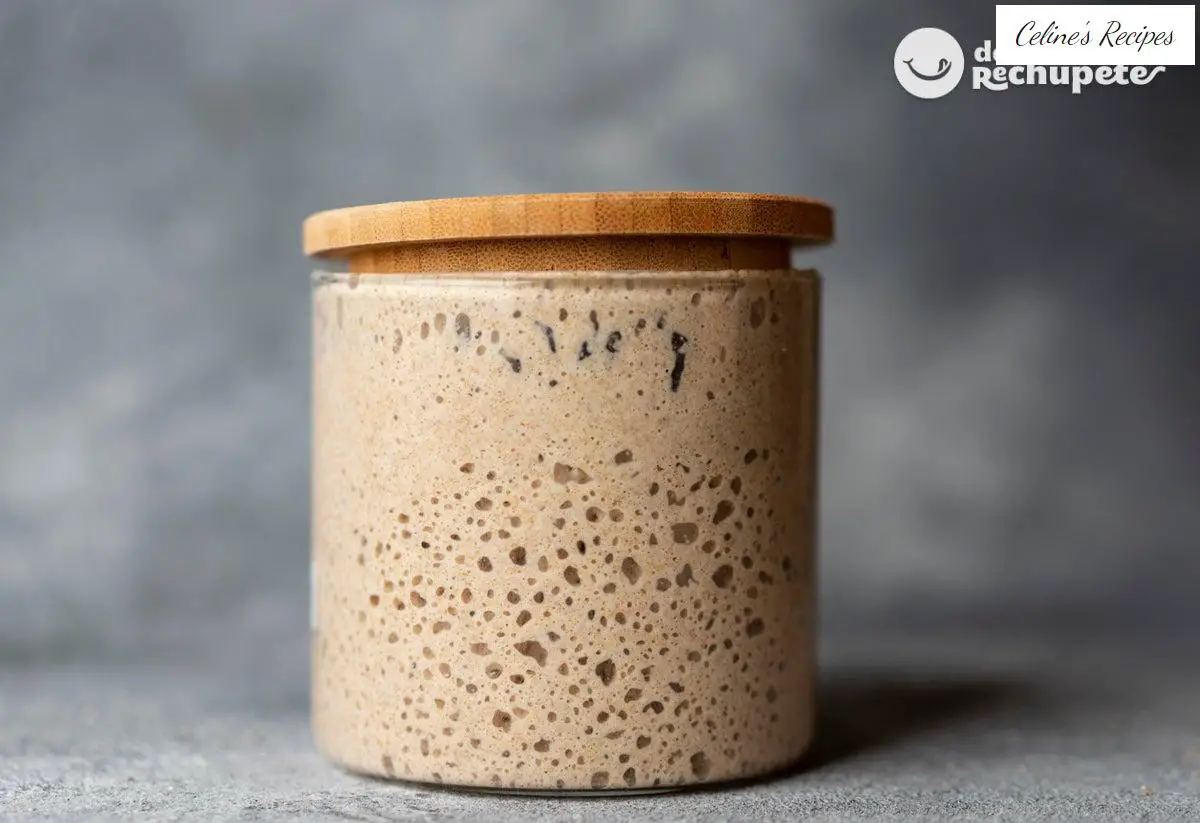
Concept and definition
The sourdough is a ferment made with flour and water, without any added yeast.
The flour itself contains yeasts that spontaneously ferment the doughs. Contrary to what happens with other foods, which spoil if they ferment, the sourdough requires these microorganisms to form. The flavor of the breads and their acidity are defined by their sourdoughs.
Yeasts need two things to grow. On the one hand there is the sugar to feed on, which is provided by the flour itself, and on the other hand the adequate and constant temperature, 24ºC is the perfect temperature but nothing happens if we go up or down by about 2ºC.
Not long ago I published how to make a preferment or poolish , this would be the first step before making sourdough (to lose fear), because it is very simple and works very well when making bread.
Preparation of sourdough
Although there are many ways to achieve sourdough, they all go simply by mixing flour and water and trying to make yeasts and lactobacilli live happily and in harmony. When this is accomplished, other potential bacteria are kept at bay.
The method could not be easier, mixing ingredients with water, an accelerant so that more bugs such as an acid (vinegar, yogurt or lemon) come out, which also stop undesirable bacteria, and finally add more yeasts to those already brought by the own flour.
Renew and feed the dough for several days so that it becomes fat and then stays well with little care. It is almost like a baby, remember that it is a live food (our tamagochi) that will give us very rich breads.
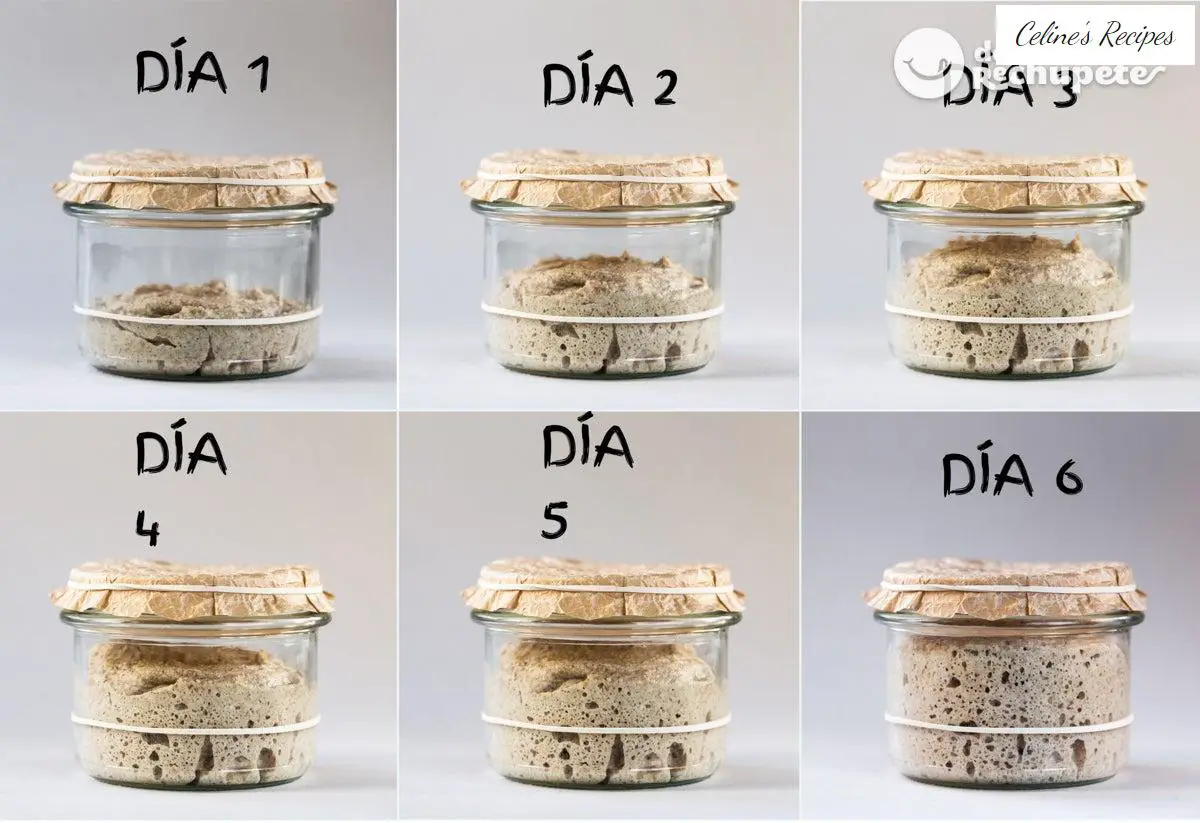
1- Start
The start of the sourdough preparation process lasts for several days and begins by mixing half a glass of whole flour (wheat or rye) with half a glass of water at room temperature in a large container (better if it is a glass jar taller than it is wide) and leaving it to rest 24 hours.
- Day 1 . We mix the 100 g. whole wheat flour with 100 ml. tap water at room temperature. We add 5 ml. lemon juice and if you want it to go faster (food) we put some raisins (6 or 7). We always put the lid on without adjusting (it must be able to escape the carbon dioxide that is generated) and let it rest at room temperature for the first 24 hours.
- Day 2 . Ingredients day 2- 50 g of whole wheat or rye flour and 50 g of tap water at room temperature. We add the above ingredients and leave another 24 hours in your air. After this time, you should see more bubbles. You will see that the liquid tends to settle on the surface, with an unappetizing color. Nothing happens, it’s normal.
- Day 3 . Ingredients day 3- 50 g of whole wheat or rye flour and 50 g of tap water at room temperature. We throw half of the mixture from the previous day and add the ingredients from day 3. Mix well and leave another 24 hours in your air. You can make a mark on the jar with a marker of the level that the dough reaches to check its growth.
- Day 4 . Ingredients day 4- 50 g of whole wheat or rye flour and 50 g of tap water at room temperature. We throw half of the mixture from the previous day and add the ingredients from day 4. Make the mark again with the marker and leave another 24 hours in your air. After that time, this should already be working. The smell will have changed. We remove the raisins.
- Day 5 . Ingredients day 5- 50 g of wheat or rye flour and 50 g of tap water at room temperature. We throw the mixture of the previous day until leaving only half and we add the ingredients of the day 5. We make the mark again with the marker and leave in its air until it is more or less completely fermented.
- Day 6. Ingredients day 6- 50 g of wheat or rye flour and 50 g of tap water at room temperature. We throw the mixture from the previous day until leaving only half and add the ingredients from day 6. We make the mark again with the marker and leave it to air until it more or less completely ferments, at least it will double in volume, and can make this happen before 24 hours.
Once the dough has started to rise it is no longer necessary for the added flour to be whole, you can add it white to end up having a white sourdough, which will allow you to prepare both white and whole grain breads.
You can see that the process of making sourdough lasts 6 days. But do not panic, because the daily time that we have to dedicate to it is a few minutes. From the same day 6 you can start using our sourdough in the preparation of all kinds of breads, pizzas, pastries, … all yummy, sure.
Summary of the process
After the first 24 hours, the dough begins to bubble and some activity is noted, with a slight increase in volume. We separate 50 grams of the dough (throw the rest) and mix it again with 50 grams of whole flour (wheat or rye) and 50 grams of water. We remove, cover and let stand in the same place for another 24 hours.
We repeat this process, which is what we call “ feeding or refreshing ”, three or four more times until about 5 days have passed.
2- Stabilization
Before we can use the sourdough we have to ” stabilize ” it so that it takes on body and matures. For seven more days we refresh it every 12 hours (instead of every 24 as we have previously done), that is, we separate 50 grams of the dough (throw the rest or give it to a neighbor or friend) and mix it with 50 grams of wholemeal flour (wheat or rye) and 50 grams of water. We remove, cover and let stand.
After the “stabilization” time, the sourdough is ready to use in our homemade breads.
3- Use of sourdough
If we are going to use sourdough every day, it is best to leave it at room temperature (around 24ºC). Every time we take a portion (the one indicated by the recipe that we have chosen to make), we add a mixture of water and whole flour in the same quantity (joint weight). This way we make sure we always have sourdough for our breads.
4- Conservation of sourdough
The sourdough is kept in the refrigerator and, contrary to what many people think, it does not die. The microorganisms in the sourdough slow down their metabolism with the cold and enter a state of lethargy, but they do not die. They only need to be awakened again by means of various “soft drinks” so that the sourdough is activated again and we can use it.
Although the ideal is to use it regularly, if this is not possible we only have to refresh it once a week to keep it active and, when we go to make bread, take it out of the fridge, observe its activity after several hours and give it more refreshments before to use it. How many? Those necessary for the mass to be active again. That is all.
If you are not going to bake bread for a season, it is best to freeze it. To revive it again you must leave it in the fridge for a day and then take it out at room temperature, better with a little extra heat (put it next to a radiator or on top of the counter where the dishwasher is, it works for me) and add 100 grams of flour, 100 grams of water and a little sugar (or honey) … whatever it takes to give it the desired texture is holy hand. It may be a less fluffy bread, but it will be very good flavor.
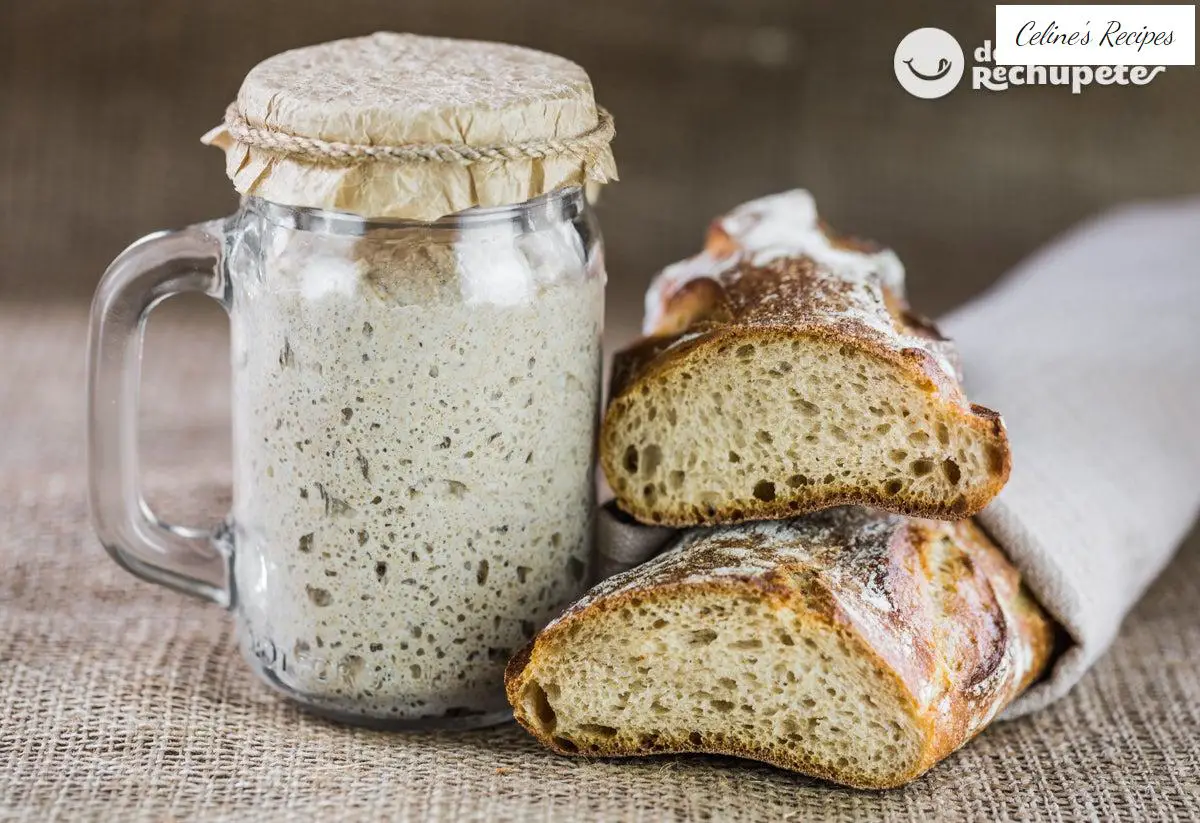
General advice for a perfect sourdough
- Tap water contains chlorine, something that can affect the development of sourdough but is not the end of the world. The chlorine disappears with rest so we can let it sit for an hour (minimum) before using it. Another option is to use mineral water.
- We can use refined white flour as an alternative to wholemeal flour, although the latter contains more yeasts (since they live mainly in the husk of cereals). It will cost us a little more to start because refined flours ferment more slowly, but they can still be used.
- We cover the container with a cloth, gauze or kitchen paper. We do not want dust or insects to enter, but we do want there to be minimal circulation of air and other gases.
- If the ambient temperature does not reach 24ºC, the solution is to wrap the container with a thick cloth or other insulation. In winter we can place it near a radiator and in summer in a cool place. Perhaps the whole process will take place more slowly.
- Sometimes brown liquid forms on the surface. Nothing happens, this is nothing more than water with some sugars from cereals. We throw it carefully and continue with the process.
- The mass grows in volume by the gas produced so that, if we make a level mark in the container in which we are pulling the sourdough, we will be able to see its evolution.
- Yeast fermentation produces a characteristic, slightly acidic odor, which does not mean that the sourdough has been spoiled. It just goes with the process, so there is no need to worry about it.
- As time passes and we use the sourdough, it takes strength and develops a personality of its own that depends on the taste of the bread and its point of acidity.
- We can let her sleep, let her be less active. We achieve this with cold, keeping the sourdough in the fridge, where it is not necessary to renew it as often, possibly with renewal every week is enough. You take it out, refresh it, let it ferment to the fullest and when it is in full boil, put it back in the fridge. In this way you can survive by taking it out to temper it and feeding it once a week. So it can last you years.

Each sourdough is unique because the combination of yeasts in our environment is not repeated in other houses or other kitchens.
Remember that you can share your sourdough and the process at home with everyone, do not forget to tag the photos with #MasaMadreDeRechupete in your RSS.
Breads to start using your sourdough
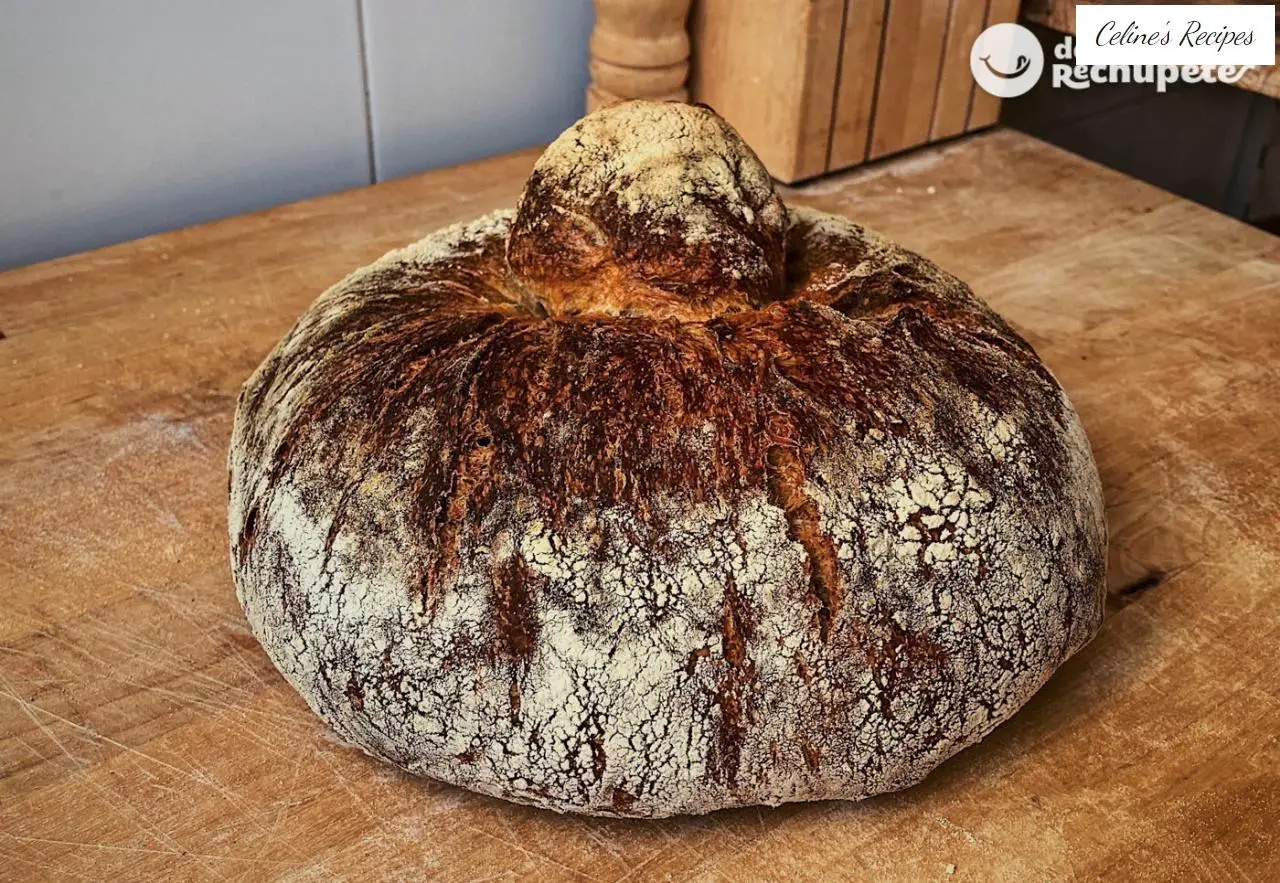
How to make Galician moña bread with sourdough . Bread recipe with a tasty, moist, soft and elastic crumb. This incredible Galician bread stands out for its aerated dough and belongs to the group of super-hydrated breads.
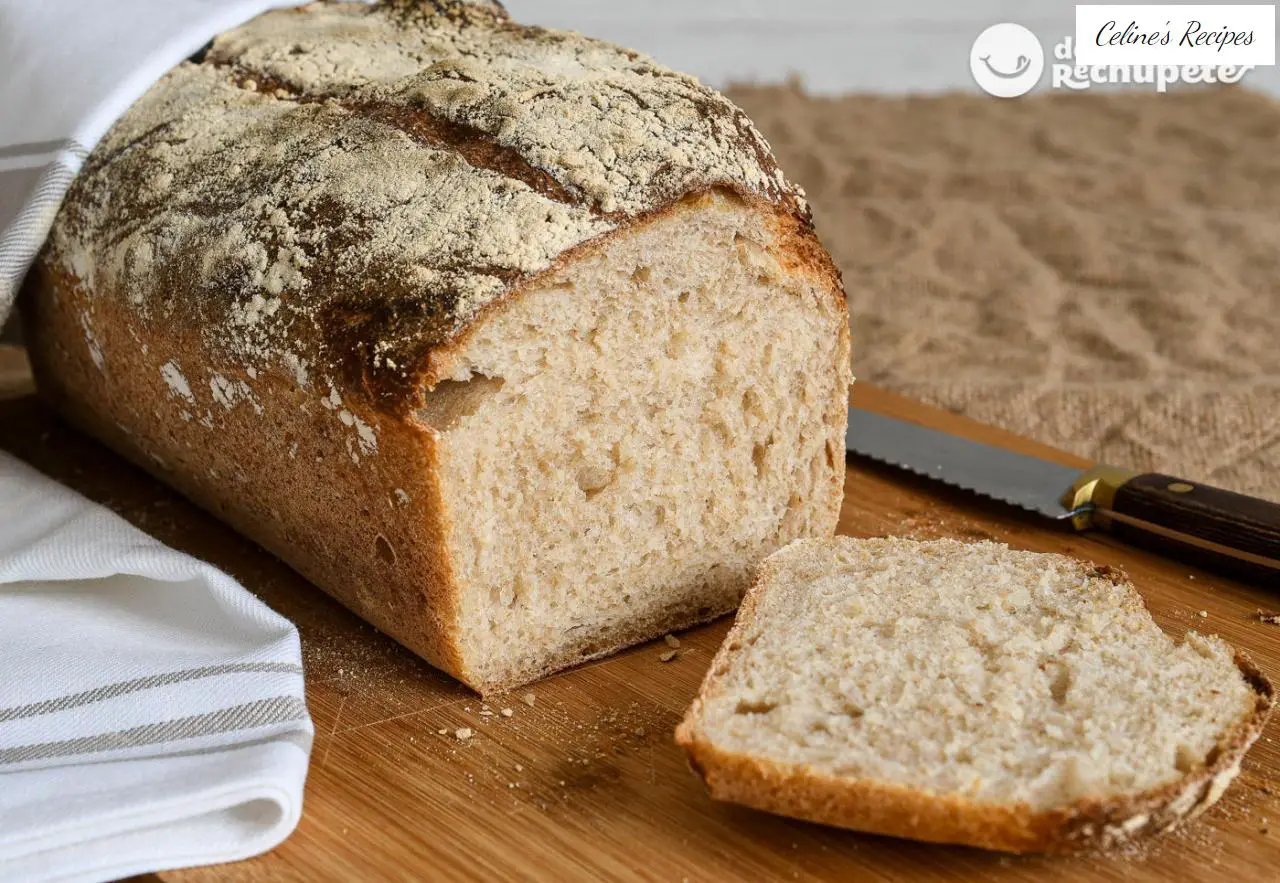
How to make rustic wheat bread with sourdough . Recipe for delicious, tasty bread with this sour touch of sourdough. Already on the top of our breads. Step by step with photos and tips.

How to prepare a very simple sourdough bread at home , a loaf of bread. Its flavor and aroma are unmatched, as if you were eating a village bread but in a sandwich format.
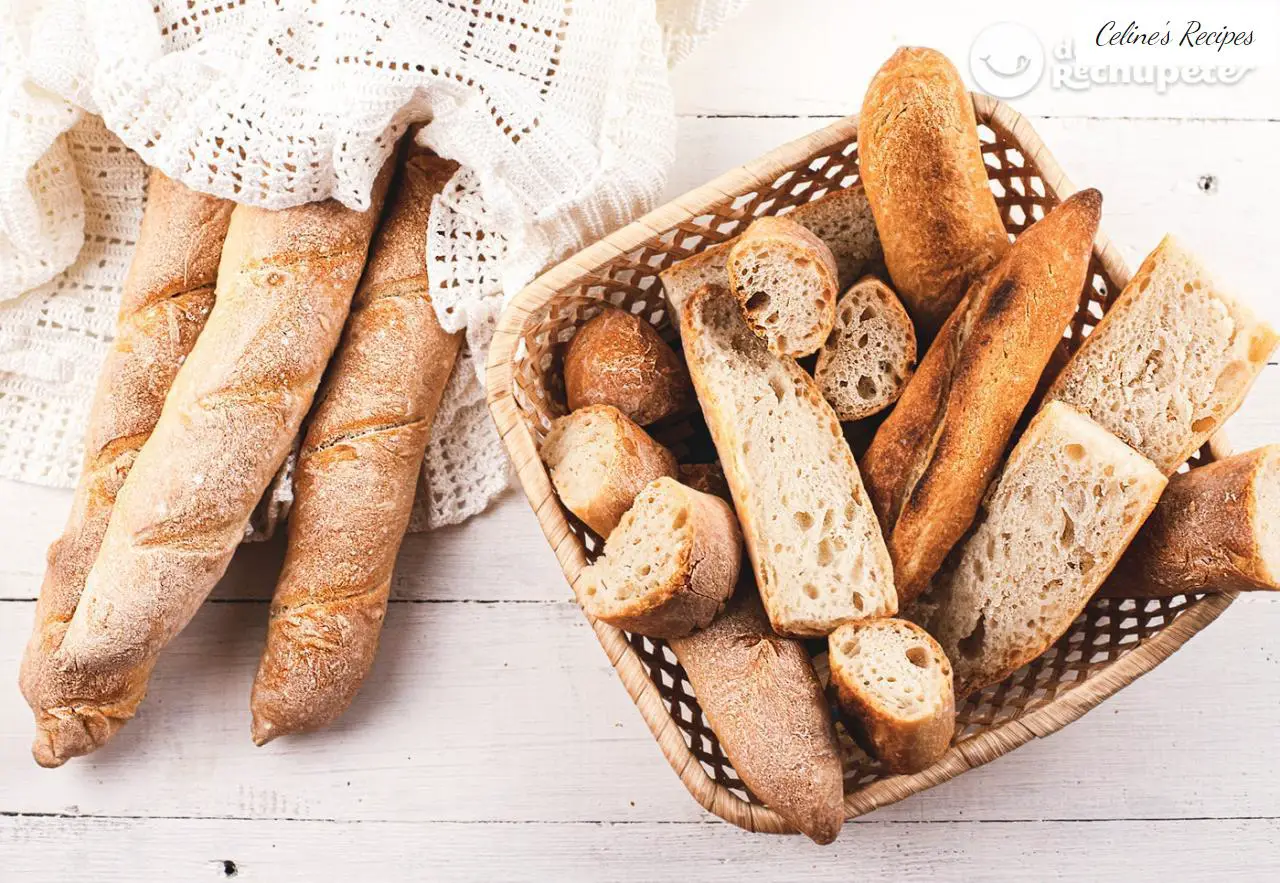
Making bars and easy homemade white bread . Homemade bread recipe that we have made with poolish or preferment, but that can also be made with sourdough. Bread recipe with tips, tricks, step by step with photos and explanatory video so that they are perfect.
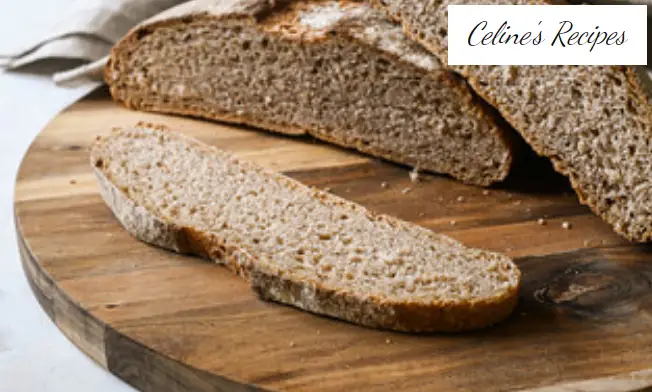
How to make bread with whole spelled and wheat with sourdough . Very light and healthy homemade bread recipe. Perfect for breakfasts and snacks. Step by step with photos and tips.
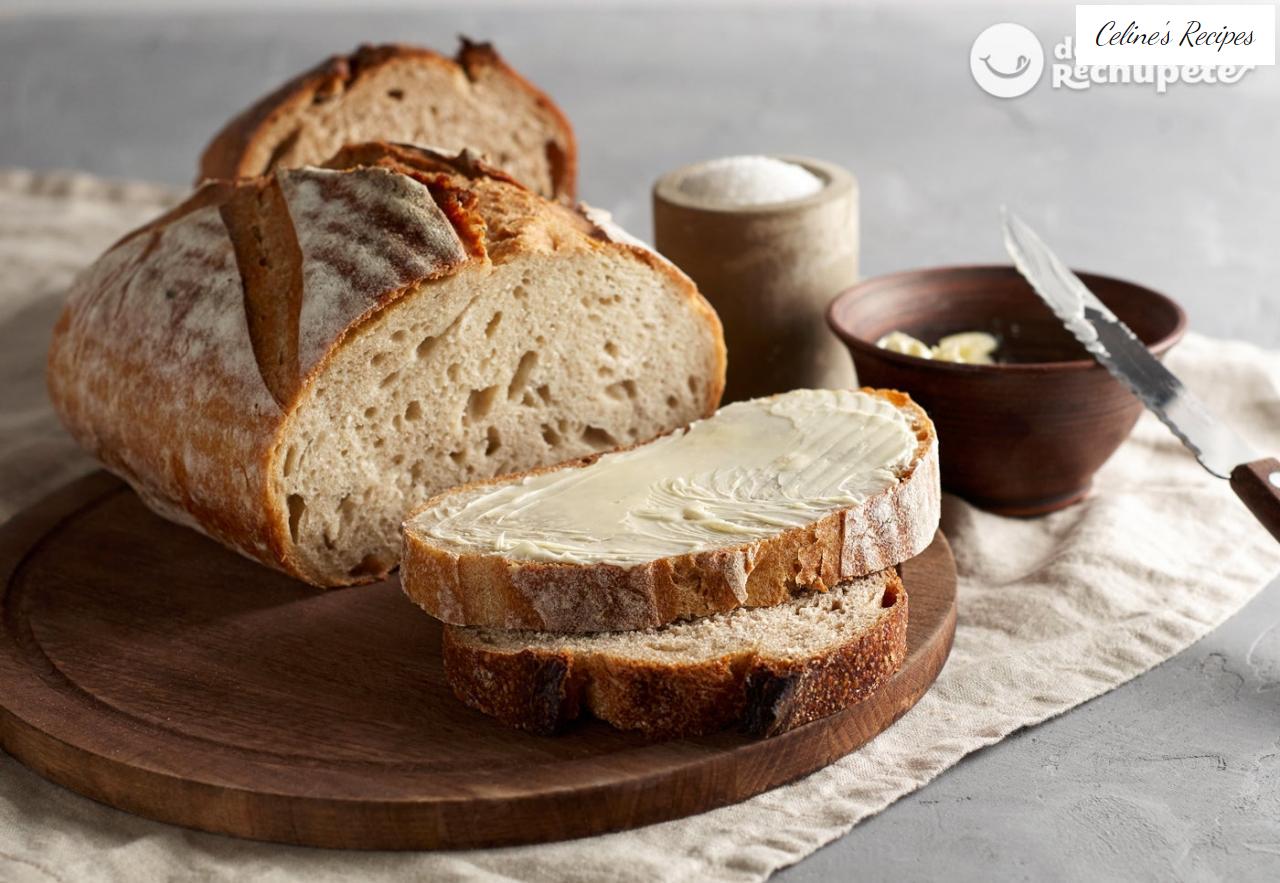
Making sourdough bread at home has its benefits . Do you know them? I hope that with these tips you will be encouraged to make and consume sourdough bread at home.

